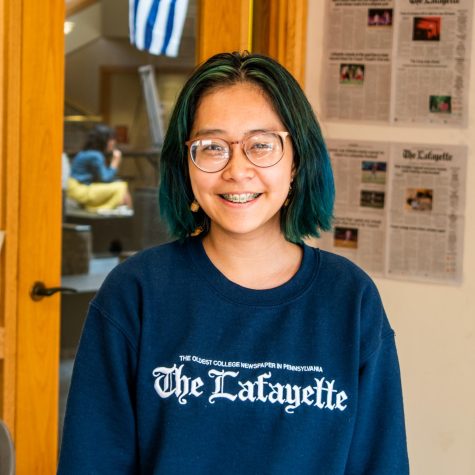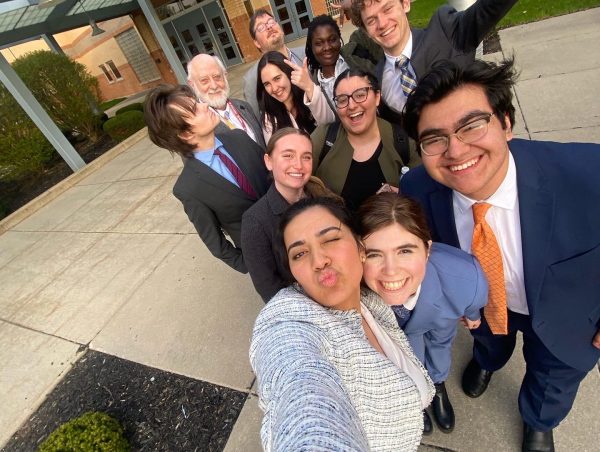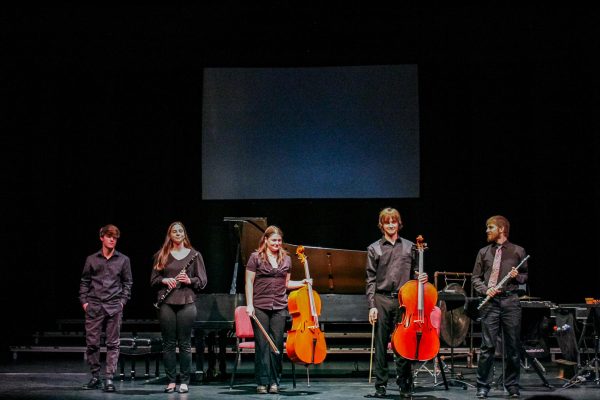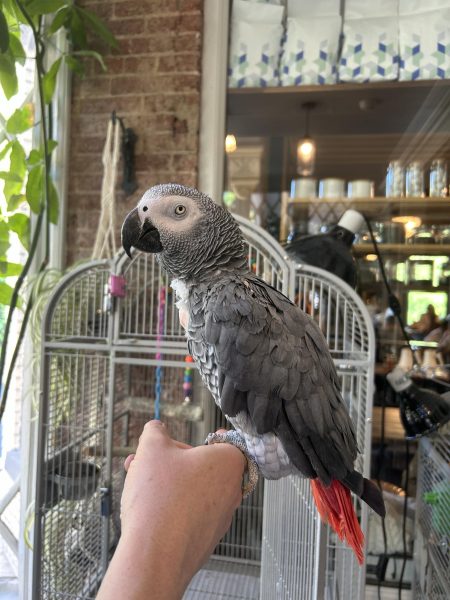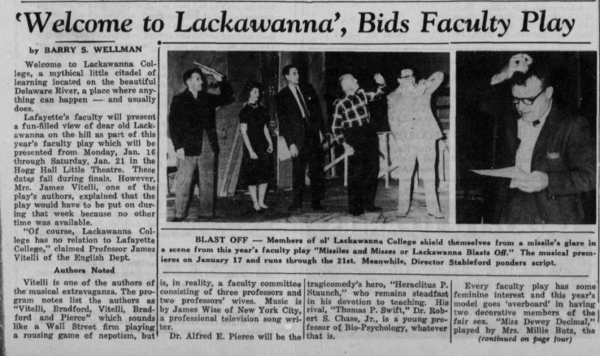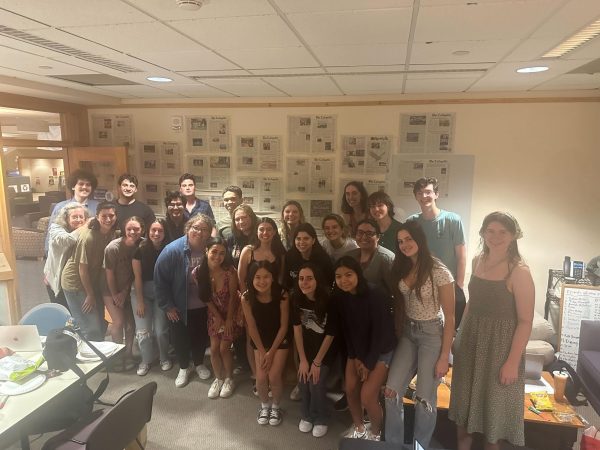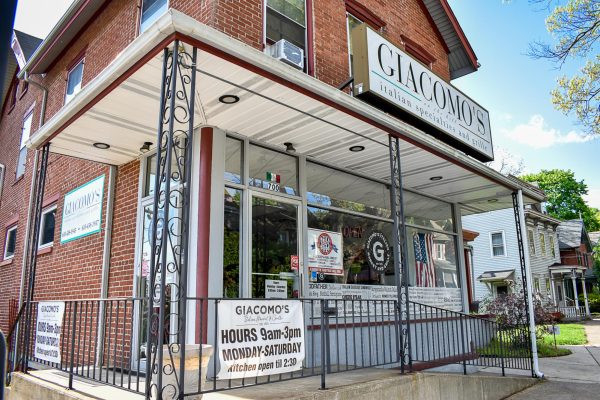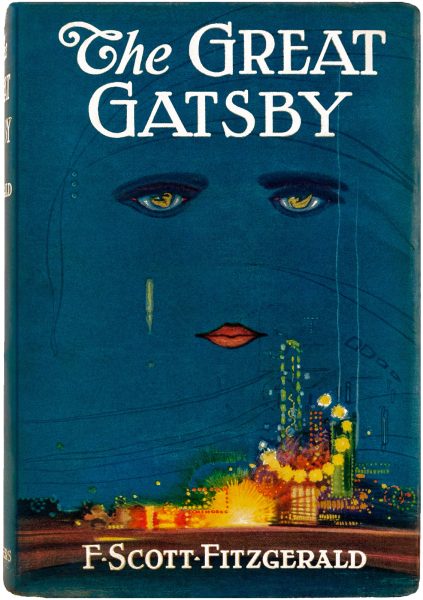McKelvy, murder and mistresses: The lore of the McKelvy House ghost
Stanford White (left), Evelyn Nesbit (center) and Harry Kendall Thaw (right) are all characters in the real-life murder story that led Bessie Smith White to haunt the McKelvy House. (Photo courtesy of New York Post)
October 29, 2021
Though Halloween is the perfect time to speculate about ghosts, there’s one building on campus that residents believe is haunted year-round: the McKelvy House.
Built in 1888 and given to Lafayette in 1960, the McKelvy House is believed to be haunted by Bessie Smith White, the wife of the house’s architect, Stanford White. In addition to McKelvy, Stanford White designed many large public buildings, the most notable being Madison Square Garden (1890).
Although he married Bessie Smith White in 1884, Stanford was infamous for having many affairs with adolescent girls. His most well-known relationship was with a chorus girl named Evelyn Nesbit, whom he started seeing when he was 47 and she was only 16.
Eventually, Stanford grew bored of Nesbit and moved on to other affairs, but the damage had already been done. On June 25, 1906, Harry Kendall Thaw, Evelyn Nesbit’s husband, confronted Stanford White on Madison Square Garden’s rooftop theater and fired three bullets into the architect’s skull.
Bessie Smith White, or “Bessie” as the residents of McKelvy affectionately call her, now haunts the house that her husband designed. According to legend, Lady White only haunts men, an act of vengeance against her cheating husband. However, residents of many gender identities have experienced hauntings from Bessie while living in the house.
Anastacia Negron ’23 recalled showering in one of McKelvy’s bathrooms late at night and seeing her towel get lifted off its rack by an invisible force. Onab Falak ’24 said that, while standing in the hallway, she felt a cold wind, then glanced over at a mirror propped up against the wall and saw a flash of white cloth, “like a dress.” According to Natalie Schmit ’22, a former resident noticed that her protective evil eye often fell off its hanging spot in McKelvy.
“She loves to come into my room and play music at night,” Stefano Mancini ‘22 said. “Pop music, but not anything I’ve heard of.”
Multiple residents, including Negron and Saide Singh ‘22, alleged that they hear knocking on the walls and doors at nighttime. Other residents described more ambiguous confirmations of Bessie’s presence. Viki Zay ‘22 claimed that she feels Bessie’s presence when she wakes up in the middle of the night.
Despite the belief that a ghost is behind these supernatural occurrences, most of McKelvy’s residents appear content and even welcoming of Bessie’s presence. Schmit described Bessie as the “lifeblood” of the house, while Singh believes that Bessie is a “protector” who “looks out for us all.”
“I trust that [Bessie] is protecting us, but that protection sometimes entails aggression,” Zay said.
The McKelvy House hosted a Halloween event earlier this month that included a haunted house. Singh dressed up as Bessie for the haunted house and described the experience as “empowering.”
“It felt like I embodied this force that was larger than myself. It gave me a sense of hypervisibility,” Singh said. “I hope that Bessie is proud of me.”
Regardless of whether she exists or not, Bessie represents more than just a ghost story. Mancini explained that when McKelvy alumni visited the house for homecoming earlier this semester, many of them hadn’t heard of Bessie, suggesting that McKelvey folklore has evolved over time.
“It shows the ingenuity of McKelvy scholars to invent a ghost myth that is both historically accurate and responds to patriarchal forces,” Mancini said.
Disclaimer: Shirley Liu ‘23 is a resident of the McKelvy House.




































































































